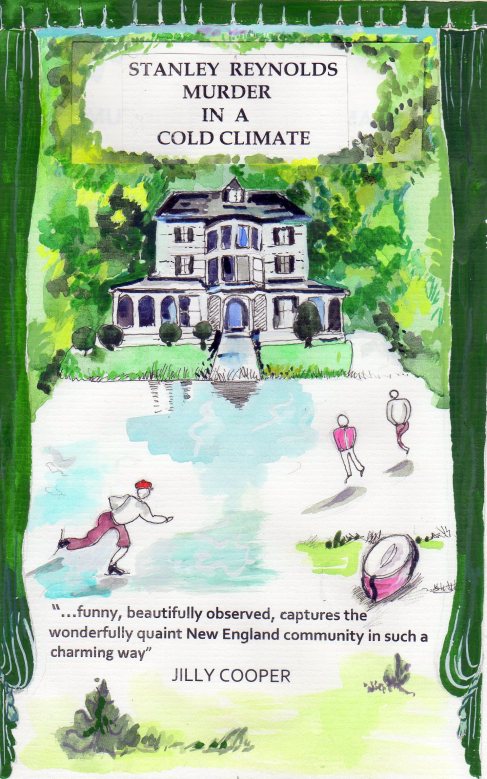In last week’s exciting blog I wrote that William Faulkner was working at a lumber mill when he wrote As I Lay Dying in 1930. This was wrong. He had a job as a night-time coal-heaver at the local power station. Local being Oxford, Mississippi. I might be fun also to learn that his family said they didn’t want him writing his moronic novels under the family name; so he changed Falkner to Faulkner.
Also in a recent blog on the Milk Marketing Board “bull” should have read “cow” throughout.
I quoted some glowing reviews for my two murder mysteries: Death Dyed Blonde, still available in hardback, and the paperback edition of the thrilling Murder In A Cold Climate.
I seem to have gotten praise everywhere for these books. It was pretty much the same with my first novel, Better Dead Than Red, published when I was still in my twenties and working as a humour-column-heaver at the Guardian. “Up there with Dr Strangelove,” the Guardian said.
And “A magnificent social and political satire,” said the Irish Times in a page-one review.
But the one I enjoyed the most was from the Daily Telegraph. I don’t read the Telegraph anymore, ever since I stopped writing amusing obituaries for it – when the Telegraph specialized in amusing obituaries.
In ye olde days when my first novel was published the Daily Telegraph was a most objectionable imitation fascist sheet. It appealed to a large readership by telling stories about how everyone was always doing and saying nasty things about England.
This, for some reason, cheered up Telegraph readers. They also thought “foreigners” when not being insulting were very funny.
In the novels that the Telegraph liked there was a former whodunit.
In my novel everyone was nasty and also funny. That was because I, a barefoot boy liberal with cheeks of tan, was destroying the extreme right-wing with savage satire.
I didn’t think it would be reviewed by the Telegraph, but there it was; reviewed by its Literary Editor just as if it were an important book.
There was one line in the review which I loved so much I considered getting it tattooed on my sit-upon.
“Sheer vulgarity,” it said, “covered with muck.”
I wanted to get that quoted in advertisements and in paperback and foreign editions.
Unfortunately the various publishers were not bored by reading glowing reviews.
The German edition, translated by the linguistic genius who also translated James Joyce into German, got an amazing review. “The best thing about this novel,” it wrote, “is the photograph on the back cover of the Adonis who wrote it.”
Apparently 16 blondes in downtown Frankfurt fainted just looking at my young and lovely self.
I am now ending my career as a blogman.
Adios chickadees.










